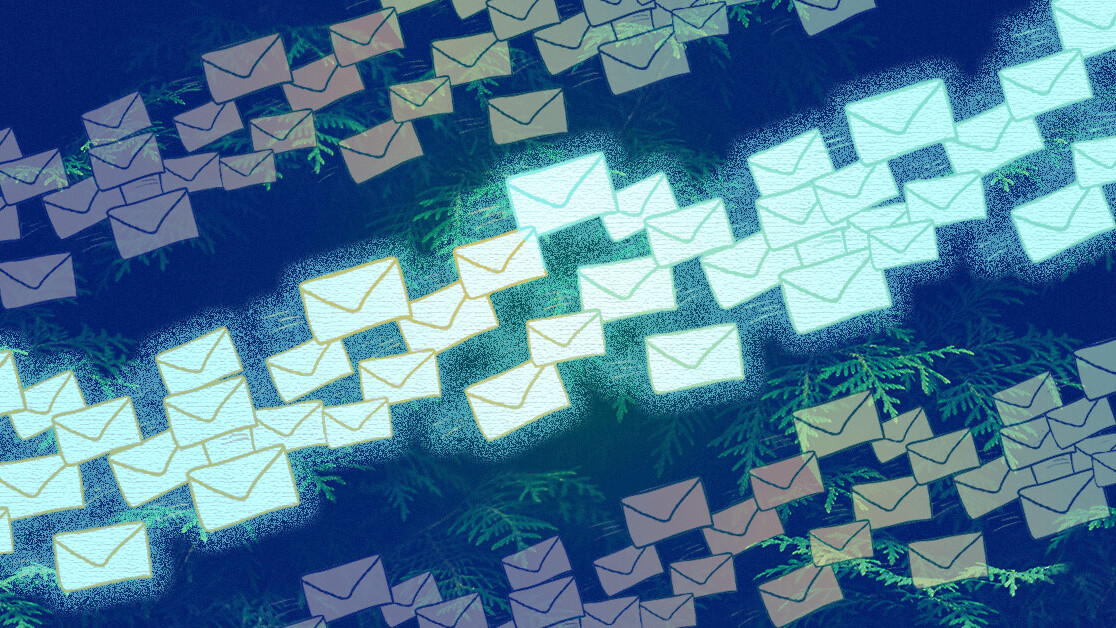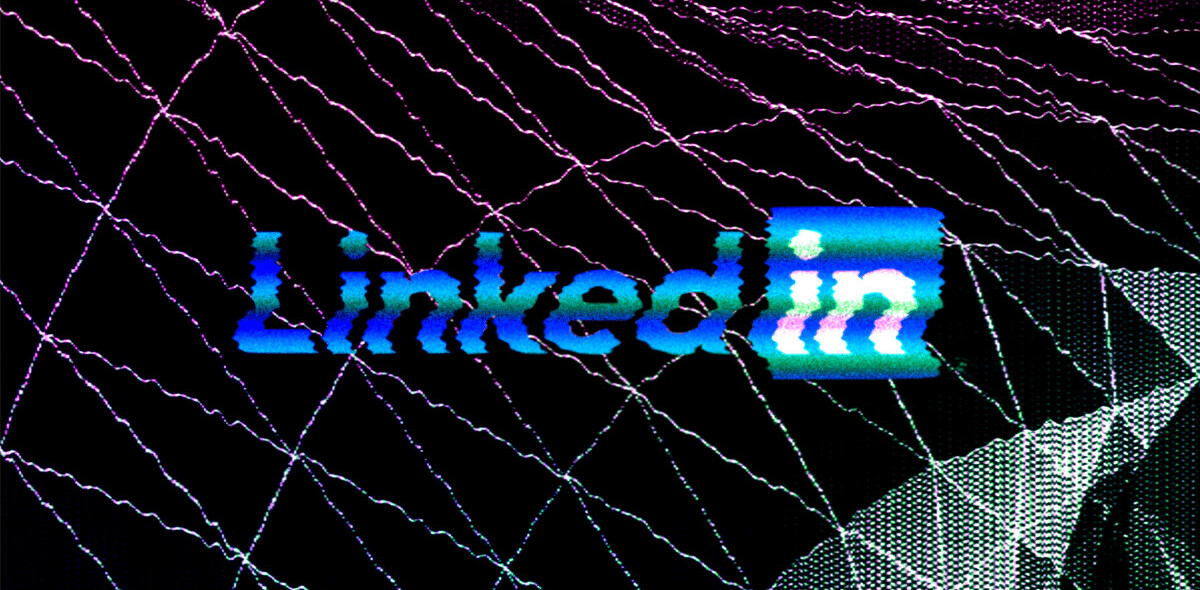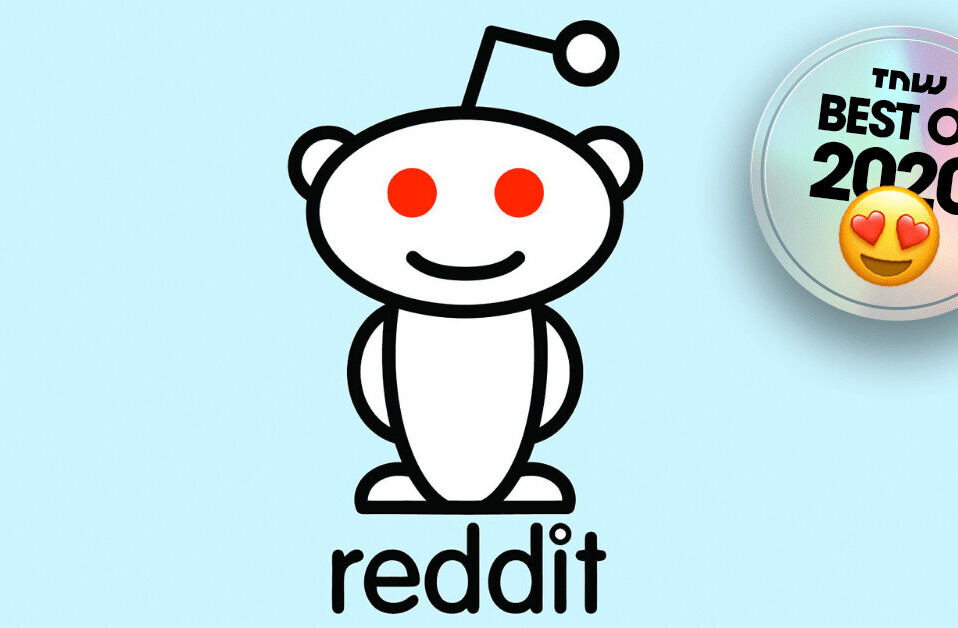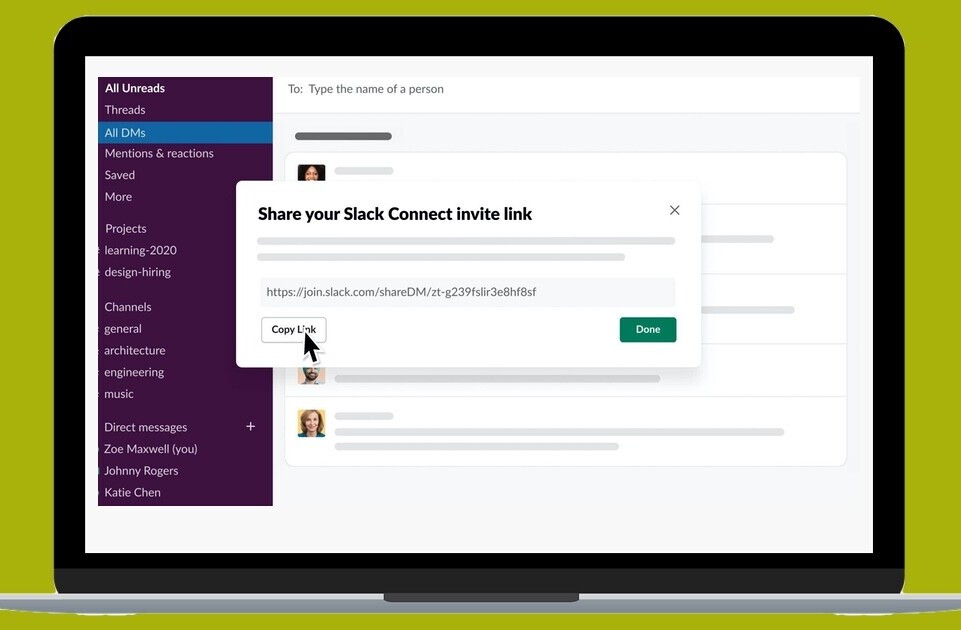
For all the energy you put into your mails, you’re neglecting the one element that’s most crucial in determining whether you’ll receive a reply: the ending.
Tell me if this sounds familiar:
You’ve spent hours deliberating over your email subject line and its content. Will this word get them to open my message? Am I rambling? How can I get my request across in the most concise and considerate way?
You’ve worried about the first sentence, the second, and you’ve re-written both of them a dozen times. And then? Then you hit ‘Send’ without spending one thought on which words your recipient will read right before they decide if they’ll respond or not.
Read: [The best way to manage your inbox is to send fewer emails]
It’s easy to understand why your email’s subject line is all-important: If it doesn’t get the receiver to open your message, all hope is lost. Similarly, it’s clear that if you waste the first few seconds of someone’s attention, they won’t give you any more of it. What’s less obvious but also true is that if your email leaves a bad taste in someone’s mouth at the end, that person won’t reply.
Nobel Prize winning psychologist Daniel Kahneman found evidence across several studies for something he dubbed “the peak-end rule.” The peak-end rule suggests we judge and remember experiences mostly based on how they feel at their most intense moments and right before they end.
If you’ve ever gone to a great party only to have the night ruined by someone spilling their drink over you just before you left, you know this is true. Chances are, you still remember it as “a bad night,” even if everything leading up to the last-minute mishap was perfect. The peak-end rule affects all of us, all the time, and so a good rule for closing your emails is this: Don’t spill your drink on people’s shoes before you leave.
This isn’t to say you’re actively killing people’s vibe in your sign-offs. You likely don’t end your emails with, “So long, sucker!” (if you do, please stop.) But are you doing your best to not just not ruin people’s day but make it better and increase your chances of getting a response in the process? Probably not. You might even have a generic signature that attaches “Best,” or “Regards” without you even choosing a particular sign-off phrase for any given email — and it torpedoes your response probability for every email you send.
In 2017, the company behind the Boomerang plugin for Gmail analyzed 350,000 email closings. They found the following three phrases most increased the likelihood of a response, somewhere from 22% to 38% when compared to the baseline:
- “Thanks in advance” (65.7% absolute response rate)
- “Thanks” (63% absolute response rate)
- “Thank you” (57.9% absolute response rate)
Gratitude. Who would’ve thought? Adam Grant, author of Give and Take and psychology professor at Wharton, concluded in a 2010 study: “Gratitude expressions increase prosocial behavior by enabling individuals to feel socially valued,” which is a fancy way of saying what the title of the study suggests: a little thanks goes a long way.
In the experiment, college students received an email asking them for help with a cover letter, some of which ended on “Thank you so much!” while others didn’t. More than twice as many people offered support when gratitude was expressed in advance. This may seem like common sense, but, apparently, we’re often lacking it when closing our emails.
In Boomerang’s study, phrases that didn’t perform so well in eliciting a response were “Cheers,” “Kind regards,” “Regards,” “Best regards,” and — ironically worst of all — “Best.” While you may not want to lean on “Thanks in advance” too much — it’s a bit presumptuous and can feel passive-aggressive, a simple “Thanks” will get most people to respond to your emails.
Don’t waste your effort building beautiful, digital paper planes by skimping on the last few characters before they reach the finish line. Think about how you end your emails. Last words matter, even here — and, often, a simple “Thanks” will do.
This article was originally published by Niklas Göke on Better Marketing, a publication providing advice that works and covering digital and social media marketing, tools, and case studies. You can read the original piece here.
Get the TNW newsletter
Get the most important tech news in your inbox each week.





